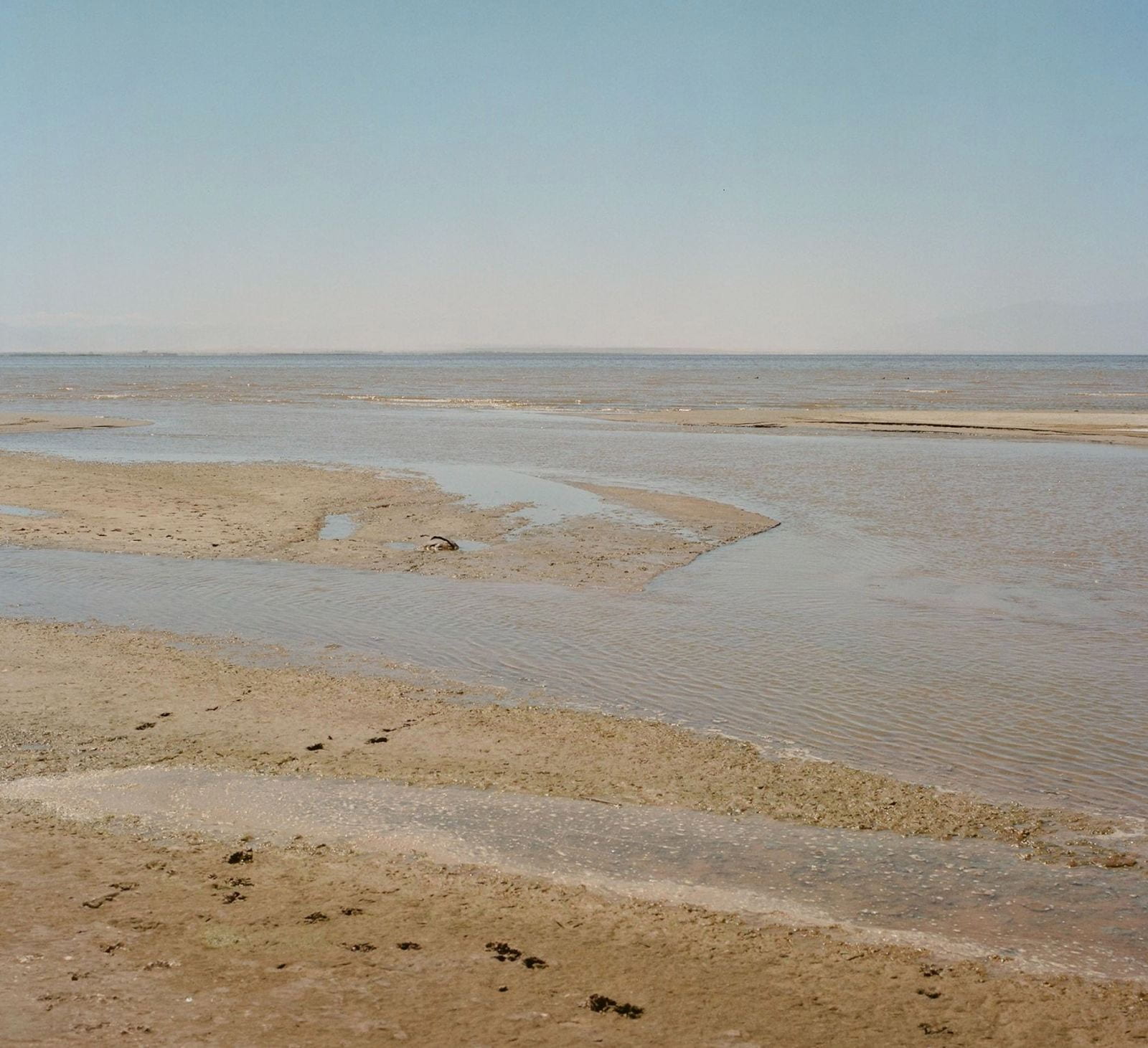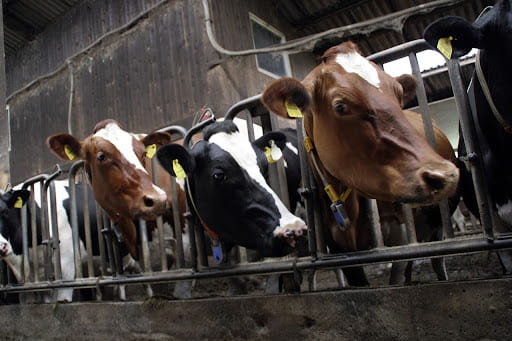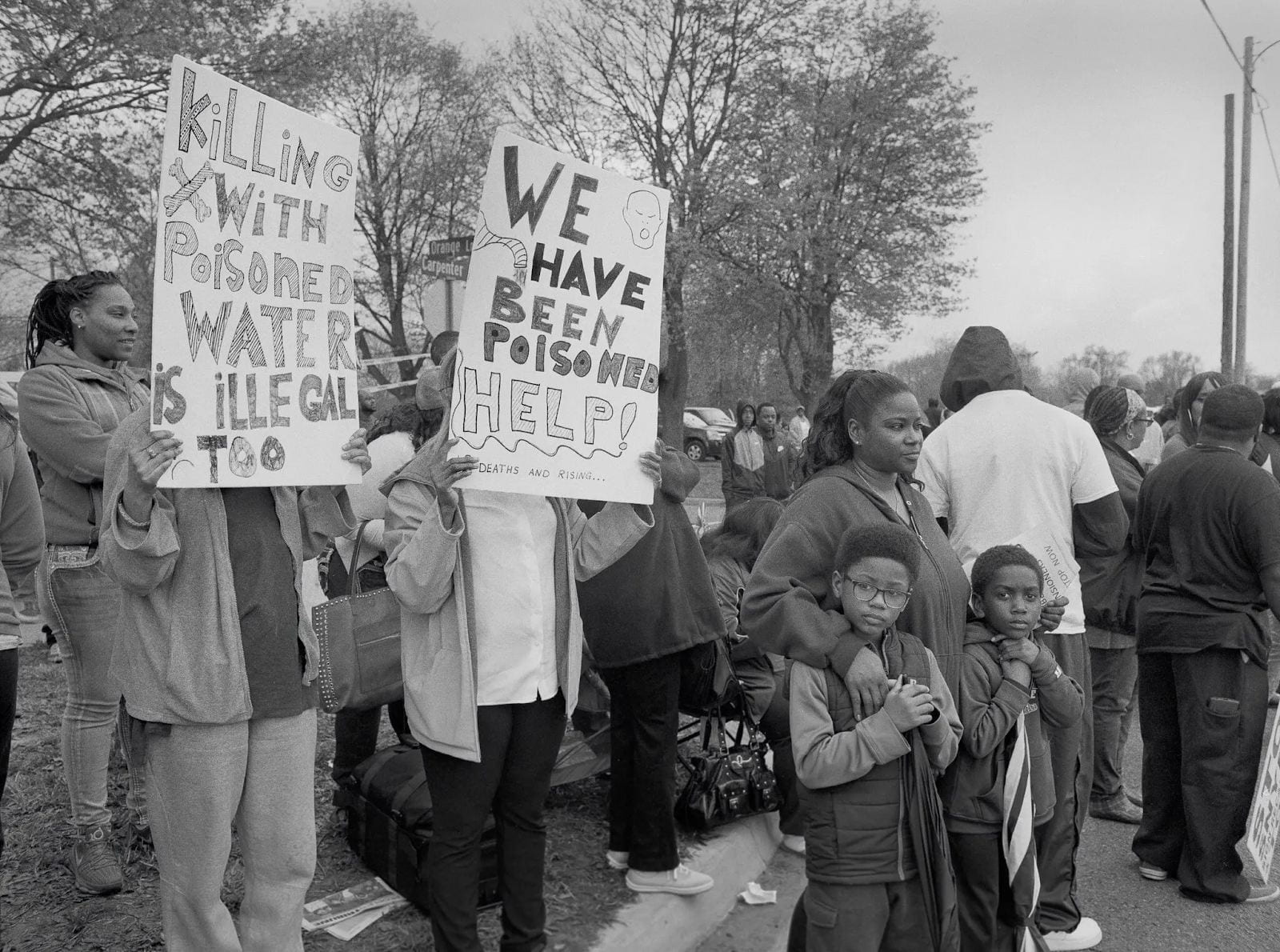From Crisis to Resilience: Building Sustainable Water Solutions Together

Water is a resource; but most importantly it is the lifeblood of communities across the U.S. Yet, many communities face significant challenges related to water availability and quality, exacerbated by climate change, aging infrastructure, and social inequities. According to the EPA, over 2 million Americans lack access to safe drinking water, highlighting the urgency of addressing these issues. To build a sustainable future, we must prioritize water resilience—ensuring that all communities can access clean water. This means investing in modern infrastructure and innovative technologies while advocating for equitable policies.
Water Infrastructure and Climate Resilience: Safeguarding Our Most Precious Resource
Climate change is making water increasingly scarce. Droughts, floods, and aging systems pose serious threats, making resilient water infrastructure essential. Fortunately, cities across the nation are recognizing these challenges and stepping up to implement innovative solutions. In this post, we’ll explore America’s water infrastructure, examine city solutions, and highlight global case studies showcasing why community involvement is key to protecting our water future.

Lake Oroville, California: A vivid comparison of the reservoir before drought in July 2011 and nearly dry in July 2015, highlighting the stark impact of prolonged drought
The Urgent State of Water Infrastructure
Right now, America’s water systems are in desperate need of an upgrade. In 2021, the American Society of Civil Engineers graded our drinking water infrastructure with a C-. To put it simply: our pipes are old, and they’re leaking. Every day, nearly 6 billion gallons of treated water are lost—enough to meet the daily needs of more than a million households. With water becoming scarce, this waste worsens the crisis. Major investments are needed to fix outdated systems and cut waste.

Leaking old pipes waste billions of gallons daily
Innovative City Solutions for Water Management
Cities are tackling water challenges with innovative solutions. Examples:
Philadelphia: Green Infrastructure Approach
Philadelphia uses green infrastructure like permeable pavements, green roofs, and rain gardens to manage stormwater. These solutions absorb rainwater, reduce flooding and improve water quality.

Bioswales channel stormwater from the street or sidewalks.
Los Angeles: Water Conservation through Community Involvement
LA has the Water Conservation Response Unit that educates residents about water-saving practices and enforces restrictions like limiting outdoor watering to specific days and hours to prevent waste. Community efforts, such as reporting water waste through LA’s 311 services, play a crucial role in conserving this valuable resource.
New York City: Lead Service Line Replacement
NYC has been proactively addressing aging infrastructure through its Lead Service Line Replacement Program. This initiative offers homeowners the chance to replace outdated lead or galvanized steel pipes with new, safe copper lines at no cost. Copper’s durability, corrosion resistance, and natural antimicrobial properties make it an excellent choice for water systems.

Rhode Island, California, and New York: Real-Time Water Leak Detection
Rhode Island, California, and NY have implemented water leak sensors in buildings, enabling real-time monitoring for prompt leak detection. This innovation leads to significant water conservation and cost savings.

Water leak sensors enable real-time alerts
Regional Challenges: California’s Drought Response
One way California is tackling its drought challenge is through the Sustainable Groundwater Management Act (SGMA) which promotes sustainable use of groundwater to protect local resources. Implemented in 2014, this act encourages sustainable groundwater use, ensuring local agencies draw water responsibly. With over 40 million people depending on these limited resources, the stakes are high.
Global Lessons: Cape Town’s “Day Zero” Experience
In 2018, Cape Town, South Africa, faced a severe water crisis known as “Day Zero,” where the city was on the brink of running out of drinkable water. To avoid disaster authorities implemented strict water usage limits, reallocating water from the agricultural sector to supply the city despite the impact on local farming. The city also launched a large-scale public awareness campaign urging residents to conserve water, limiting usage to just 50 liters per household per day. Cape Town rolled out around 250,000 water management devices that restricted water usage and implemented temporary increases in water tariffs to discourage excessive consumption. These actions, alongside strong community cooperation, allowed Cape Town to avert “Day Zero” and underscored the importance of rapid adaptation in the face of critical water shortages.

Residents queue for water in Cape Town during the 2018 “Day Zero” crisis.
My Personal Story: Water Challenges Growing Up in Uganda
Growing up in Uganda, I faced constant water scarcity, particularly during the dry season when rivers would dry up, leading to health and economic challenges. To secure enough water for drinking and farming, families became resourceful by installing rainwater storage tanks. Many farmers adopted drip irrigation and planted drought-resistant crops like sorghum and millet, while we built small sand dams to capture runoff, creating local reservoirs. These collective efforts showed me how essential community involvement is in building water resilience, fueling my passion for sustainable water management solutions. U.S. communities can unite to conserve water much like grassroots efforts I’ve seen in Uganda.

Sand dam terracing (Photo courtesy of Excellent Development)
The Path Forward: Innovation and Community Engagement
A balance between innovation and community engagement in water management is key. Technology can help us address climate challenges, but community involvement is critical to ensuring their long-term success. Investing in water infrastructure is vital for protecting public health. Individuals can conserve water through low-flow fixtures, fixing leaks, and using efficient appliances while supporting local initiatives and staying informed. Cities should invest in leak-detection tech, but real change starts with individual conservation efforts.
Water Inequality: Environmental Justice and Accountability
Fixing water infrastructure must consider its impact on low-income communities and communities of color. Take the Flint, Michigan crisis—poor management and aging pipes left thousands, especially in predominantly Black neighborhoods, with lead-contaminated water. Averting another crisis needs more than repairs—it requires stricter regulations, better water monitoring, and investment in vulnerable communities. Regular water testing, timely infrastructure updates, and listening to communities can ensure access to safe, clean water for all.

Fearful of using the tap water to wash their food, Flint residents Melissa and Adam Mays prepare meals with bottled water I Brittany Greeson
Conclusion: A Balanced Approach to Water Resilience
Sustainable water management isn’t just about tech or policies—it’s about community action through education and advocacy. Everyone has a role: conserve water at home, advocate for fair policies, and support local projects for clean water access. Together, we can make water a right for every community. Let’s act now—our environment and society depend on it.


